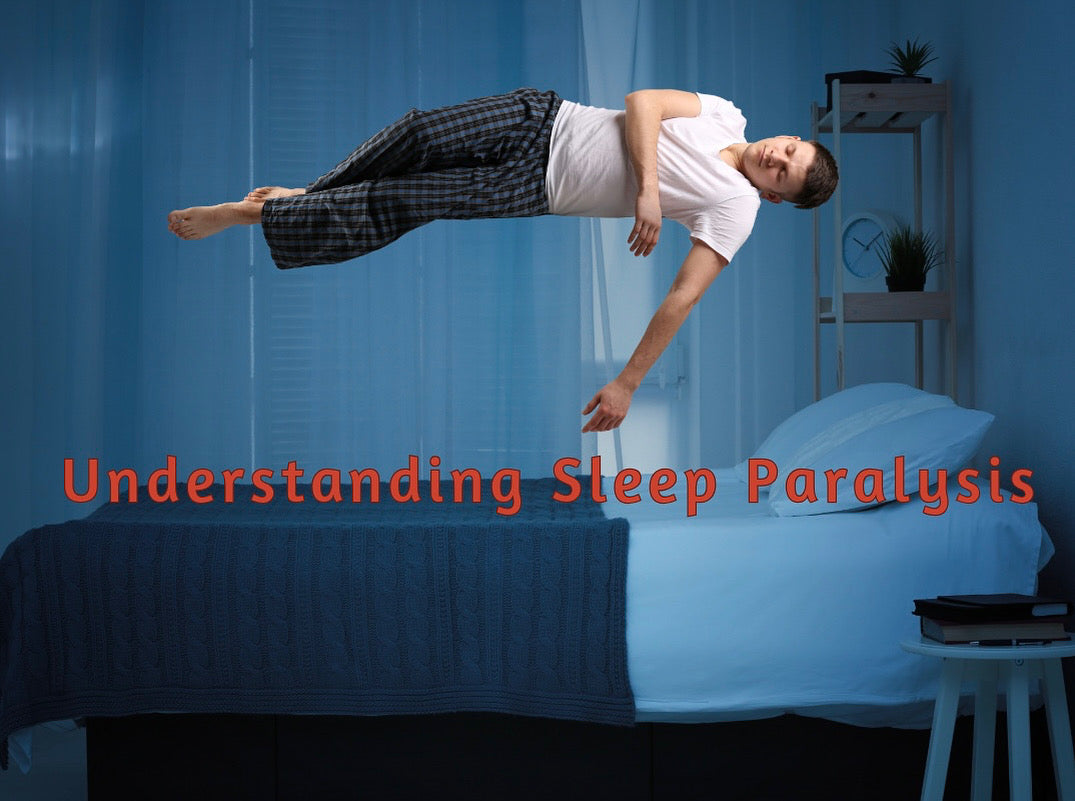Sleep paralysis is a fascinating yet often unsettling phenomenon that affects millions of people worldwide. It occurs during the transition between wakefulness and sleep, leaving individuals temporarily unable to move or speak. While it can be alarming, understanding its causes and mechanisms can help demystify the experience.
#### What is Sleep Paralysis?
Sleep paralysis happens when the body experiences a temporary disconnect between the mind and muscles during the sleep cycle. It is most common during REM (rapid eye movement) sleep, the stage where dreaming occurs. During REM, the body naturally enters a state of muscle atonia—a form of paralysis that prevents you from physically acting out your dreams. However, if you regain consciousness before the REM cycle ends, you may find yourself awake but unable to move.
#### Common Symptoms
People experiencing sleep paralysis often report:
- **Temporary immobility**: A feeling of being unable to move or speak despite being fully awake.
- **Hallucinations**: Many describe vivid sensations, such as a presence in the room or pressure on their chest, which can heighten fear during an episode.
- **Shortness of breath**: While it feels like breathing is restricted, it is typically not dangerous and resolves once the episode ends.
#### Causes and Triggers
Sleep paralysis can happen to anyone, but certain factors increase the likelihood of experiencing it, including:
- **Sleep deprivation**
- **Irregular sleep schedules**
- **High levels of stress or anxiety**
- **Sleeping on your back**
- **Underlying conditions**: Sleep disorders like narcolepsy can make sleep paralysis more frequent.
#### Is it Dangerous?
While the experience can be frightening, sleep paralysis is generally harmless. It does not cause physical harm, and the episodes typically last only a few seconds to minutes.
#### How to Reduce Sleep Paralysis
If you experience sleep paralysis, here are some tips to help manage it:
1. **Establish a consistent sleep schedule**: Going to bed and waking up at the same time each day can stabilize your sleep cycles.
2. **Create a relaxing bedtime routine**: Avoid screens, heavy meals, or caffeine close to bedtime. Instead, opt for calming activities like reading or meditation.
3. **Invest in quality bedding**: A comfortable sleep environment promotes deeper, uninterrupted sleep. Bamboo bedding, such as Atluxe’s premium sheets and comforters, can regulate temperature and provide ultimate comfort.
4. **Practice stress management**: Techniques like mindfulness or journaling can help lower anxiety levels.
5. **Sleep on your side**: Changing your sleep position may help reduce episodes.
By understanding the science behind sleep paralysis and making small adjustments to your lifestyle, you can reduce its frequency and reclaim restful nights.






Leave a comment